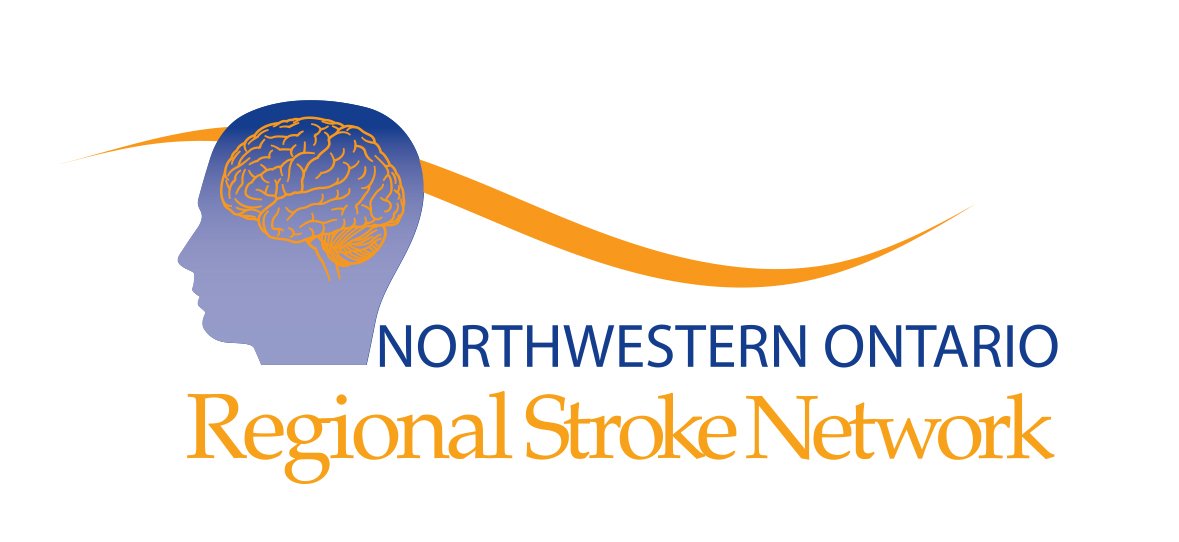
Stroke Information
About Stroke
A stroke happens suddenly when blood flow to a part of the brain is interrupted by a blockage or a rupture in a blood vessel. Without oxygen and nutrients, brain cells begin to die within minutes, causing permanent brain damage. The effects depend on the area of the brain involved and the severity of the stroke.
Stroke is a medical emergency.
Every minute counts—an estimated two million brain cells die each minute after symptoms begin.
Impact in Canada
Stroke is one of the leading causes of death and disability in Canada. More than 878,000 people across the country live with the effects of stroke, making it a major contributor to adult disability and the third leading cause of death
1 stroke every 5 minutes in Canada
- - - - -
1 stroke every 5 minutes in Canada - - - - -
Types of Stroke
The effects of a stroke depend on its type, the part of the brain affected, and how much damage occurs.
Ischemic Stroke: This is the most common type. It happens when a blood vessel in the brain is blocked by a clot or buildup of plaque, cutting off blood flow.
Hemorrhagic Stroke: This occurs when a blood vessel in the brain bursts, causing bleeding. High blood pressure is a major cause because it weakens arteries over time.
Transient Ischemic Attack (TIA): Often called a "mini-stroke," a TIA is caused by a temporary clot that briefly blocks blood flow. Symptoms usually last only minutes to less than an hour but are serious warnings of a possible full stroke. If you think you have a TIA, call 9-1-1 immediately
Signs
SPOT A STROKE F.A.S.T.
It could save a life, possibly yours.
These simple letters can help you recognize the SUDDEN signs of a stroke and get help right away
Suspect Stroke? Minutes Matter!
Stroke is a medical emergency.
Northwestern Ontario residents drive to the hospital instead of accessing emergency medical services (EMS) when suspecting stroke. The importance of accessing EMS in stroke care is imperative in our Northwestern Ontario region due to the vast geography.
“We need to be aware of the benefits of calling 911 or your local emergency number and the expertise that first responders and paramedics bring to stroke care,” states Dr. Hassan, Medical Lead for the Northwestern Ontario Regional Stroke Network. “They are trained to recognize the signs of stroke and mobilize the patient quickly, remotely notifying the emergency department, resulting in saving time.”
Do not delay access to stroke care. Recognize FAST: Face-Is it drooping? Arms-Can you raise both? Speech-Is it slurred or jumbled? And Time, to call 911 or your local emergency number.
Click the video picture above. Video 1:11 mins
This video highlights a patient and family member’s stroke journey while simultaneously demonstrating the delays while self-transporting (split screen left) and the benefits of time savings when accessing EMS (split screen right) to the emergency department.
Minutes Matter.
In 2018, the Northwestern Ontario Regional Stroke Network (NWORSN) team embarked on a bedside research project called “Why 911”. They collected data from patients and families on the Regional Stroke Unit at Thunder Bay Regional Health Sciences Center to determine how patients came into the emergency department upon the onset of stroke symptoms. The project was intended to gather information directly from patients and families to help understand why they arrived via EMS or self-transport to the hospital. The NWORSN team utilized the patients’ journeys to drive system change.
The goal of this video is to have an increase in the number of NWO residents who recognize stroke and call 911 or their local emergency number. Minutes matter!
Risk & Prevention
Prevention starts with knowing your risk.
Nine in ten Canadians have at least one risk factor for heart disease and stroke.
Almost 80% of premature heart disease and stroke can be prevented through healthy behaviours.
Risk Factors
Make a big impact on your life but understanding your risk of stroke. From lifestyle risk to medical risk and even risk you can not control.
To learn more about risk factors visit the Heart and Stroke Foundation website
“We need to be aware of the benefits of calling 9-1-1 and the expertise that first responders and paramedics bring to stroke care. They are trained to recognize the signs of stroke and mobilize the patient quickly.”
— Dr. Ayman Hassan, Medical Lead, Northwestern Ontario Regional Stroke Network




